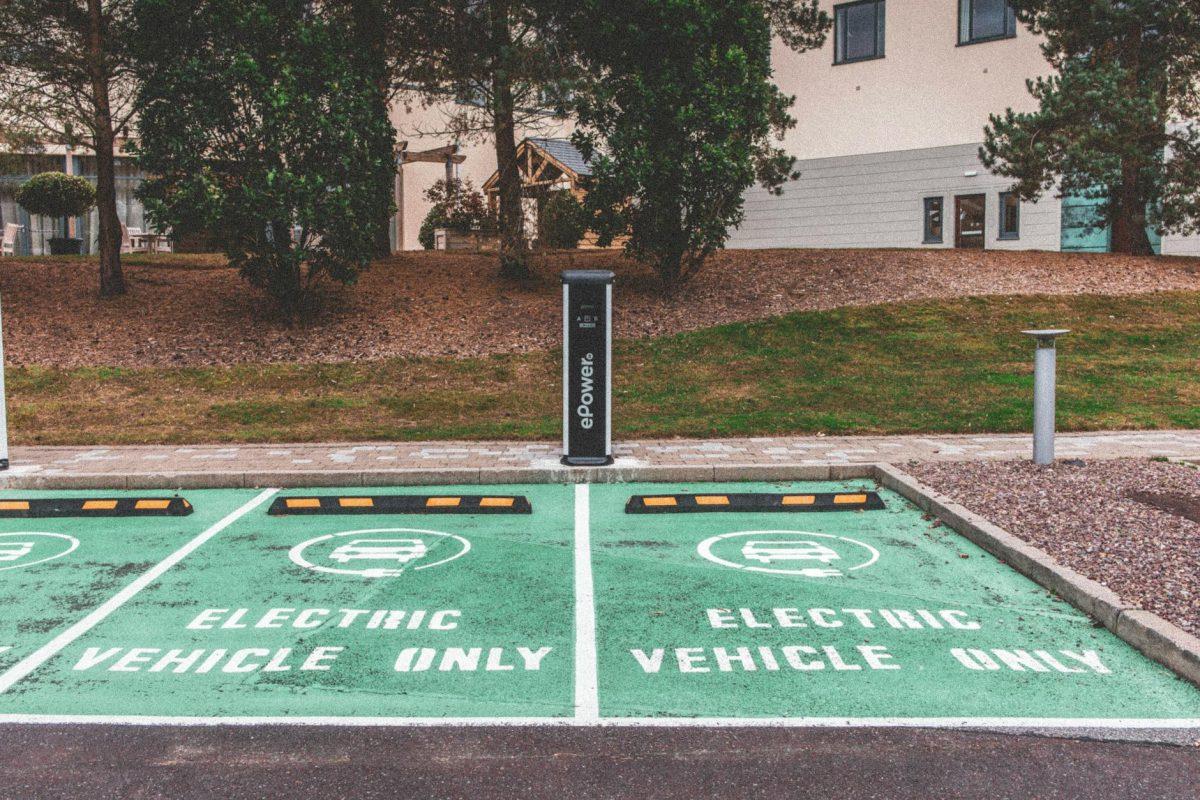By Alex Piazza
One of the biggest milestones for high schoolers is the prospect of getting their driver’s license. It’s their first taste of leaving the nest. The less glamorous side of that independence, though, is trying to figure out how to finance a car. They need maintenance, expensive repairs and gas. A solution for keeping down the costs that has gained more traction in recent years is electric cars.
In 2011, President Barack Obama pledged roughly $4.7 billion towards efforts to increase the amount of electric vehicles (EVs) in the United States. On top of the grants, which were distributed to both manufacturers and companies concerned with electric infrastructure, Obama also introduced incentives for consumers through tax credits contingent on buying an electric vehicle. The tax incentives are still in place for new EVs purchased any time between 2023 and 2032, through the IRS. Other companies, such as Georgia Power, also offer incentives for people considering buying electric vehicles. Cumulatively, they offered up to $200 in rebates — or money returned after a purchase — for residential electric car chargers in 2024.
According to Argonne National Laboratory, a federally funded research center, nearly half a million electric vehicles were sold in the United States in 2024 alone. In fact, since 2010, the yearly rate of EV purchases has only increased, with over six million electric vehicles sold cumulatively. 2023 experienced a 50% growth of sales since the year prior, and 2024 saw more than 150 thousand sales of hybrid electric vehicles, specifically.
Even though electric cars have been seen as luxury vehicles in the past, their prices are steadily declining with the ever growing market for alternatively fueled vehicles. On top of incentives provided by the government to go electric, driving an EV or hybrid car is more cost effective than a gasoline powered car, according to the NRDC (Natural Resources Defense Council). Studies done by the University of Michigan and Consumer Reports found that the average EV owner spent nearly 60% less in maintaining their car than gasoline cars. In addition, the U.S. Department of Energy has collected data showing that it costs less to fill an EV in every state compared to a gas-powered car. The Department also found that EVs were up to five times more efficient at traveling than a regular vehicle.
In addition to the cost benefits, which may be the most obvious incentive, electric cars come with other advantages that can’t be provided by gas-powered cars. For those who are environmentally conscious, an electric car could be the way to go. Because EVs are battery powered, they don’t release tailpipe emissions, which create air pollution, especially in big cities where there are nearly as many cars as there are people. On top of a better environmental impact, electric-powered cars give you the option to fuel your car at home. Depending on where you live, electric car chargers can be found in grocery store parking lots, apartment complexes and even in schools and workplaces.
While they are a minority in the parking lots, some Woodward students have already opted for an electric car. Blaire Lee ‘25 drives a Tesla, and she agrees that there should be more EVs on the road.
“I love it,” Blaire said. “It’s really cool, it drives very smooth, and I feel like I’m saving the world when I drive it.”
Another senior, Keziah Donaldson ‘25, who drives a Tesla as well, found that the additional cameras on the car gives her extra security on the road.
“For my car specifically, it gives me extra safety in terms of my blind spot,” Keziah said. “It’s also really environmentally friendly.”
Though most EV drivers like their car and its features, Calleigh Kirschner ‘26 could not see herself driving an electric car. However, she does believe they have a positive impact.
“I don’t like how it abruptly stops if you aren’t on the gas…I feel like it’s too smart for me,” Calleigh said. “I’m definitely pro-electric car–I’m just not comfortable driving one.”
Arjun Pasham ‘26 agreed that alternatively fueled vehicles were better for the environment, but he also raised a point that is often a challenge brought up by other EV drivers: charging.
“I charge it once every 3-4 nights, and it lasts me to the end of the week,” Arjun said.
Although Arjun wasn’t bothered by the frequency needed to charge, other drivers, such as Micah Kennedy ‘26, disagree.
“The part I don’t like at all is the range,” Micah said. “If I’m going somewhere in an electric car I have to pretty much charge nightly.”
Despite it being inconvenient to charge, Micah does believe that it is more cost effective.
“I used to have to go and get gas two times a week and now I just have to charge it each night, and it costs way less,” Micah said.
Micah’s not alone in acknowledging these tradeoffs.
“Sometimes it can be a hassle to charge it, but once you get over that, it’s cool,” Blaire said.
One solution Woodward has created is implementing electric car chargers in the cafeteria lot.
“[The WA car chargers] are good, they just go really slow, but it’s cool cause you’re at school for seven hours, so by the time you’re done with school it’s usually done charging,” Keziah said.






























